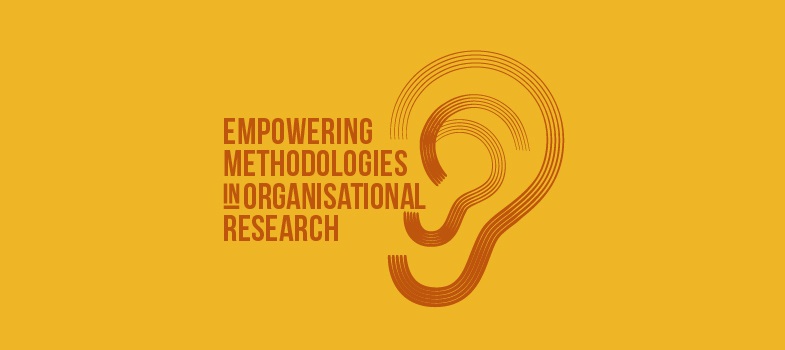Stories from the field
Sumeet Anand: studying migration and movement among share ride drivers from Bihar
Sumeet [Tip: hold Ctrl and click a link to open it in a new tab. (Hide tip)] , a researcher on the project team, is an avid user of ride-sharing services in Delhi. On previous rides, he had chatted with drivers and discovered that many have migrated from the state of Bihar in north-east India. Sumeet was therefore interested in their stories of economic migration – moving to the urban metropolis ‘for a better life’.
Sumeet began to interview drivers as they drove him. This created meaningful dialogue in the same way as the drivers would with other passengers. Sumeet also decided to use photography, specifically making ‘selfies’ with drivers in and around their cars. (An example is shown below.) In doing so, he made images that show himself and the drivers in meaningful moments and spaces, but also interestingly illustrate something of the ephemerality of their shared experiences.
Besides talking in the car, Sumeet shared tea with participants at roadside tea stalls. This enabled them to talk at greater length. It was in those situations that he was able to learn more about how they make sense of their migrations and work. As they talked about what their work means to them and their families and particularly their children’s futures, Sumeet noticed the embodiments of participants, such as the way a driver smoked a cigarette whilst discussing meaningful things. The practice of taking photographs on a smartphone thus provided Sumeet with a way of understanding how the drivers engaged with space and place, and helped him to form meaningful connections with them in the research field.
Activity
Make your own notes in response to the following questions:
- Do you think that this methodology could work in other organisational contexts and everyday situations?
- What limitations to making selfies might you envisage in other contexts?
- Can you think of situations where photographic methods would be the most appropriate way of collecting data?
We recommend that you keep notes of your answers to these questions so you can return to them during the course.
Recommended reading
Berger, J. (1972) Ways of Seeing, London: Penguin Books.
Harper, D. (2002) ‘Talking about pictures: a case for photo elicitation’, Visual Studies, 17(1), 13–26. Available at: https://pmt-eu.hosted.exlibrisgroup.com/ permalink/ f/ gvehrt/ TN_informaworld_s10_1080_14725860220137345 (accessed 1 October 2019).
Sontag, S. (2002) On Photography, London: Penguin Classics.
Visual methods
